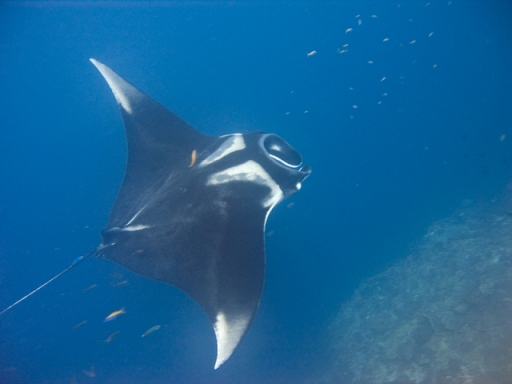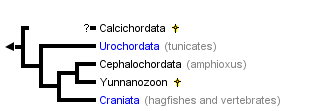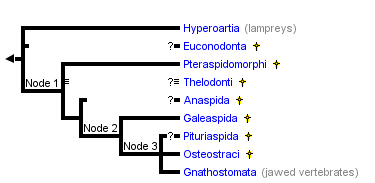Patrick Isaacs
Classification
(Manta Birostris)
-The common name, Manta Ray, comes from the spanish, "manta", which is a blanket in spanish (based off it's morphology)
- The scientific name, Manta Birostris, translated from latin, means Giant Manta, a large, plankton-feeding, oceanic ray.
Classification Information-
Domain- Eukarya
The Manta Ray is defined as Eukarya because it has membrane-bound organelles, complex cells, and has a nucleus with organism-specific, genetic code.
Kingdom- Animalia
Manta Rays are defined as Animalia because they have no alternation of generation, they are motile, and they are multicellular.
Phylum- Chordata
The Manta Ray is considered under the phylum Chordata, because they have a well-developed coelom, they are bilaterally symmetrical, a post anal tail at some point in their life, has a hollow dorsal nerve cord, and a notochord.
Class- Chondrichthyes
Chondrichthyes are a class comprising of cartilaginous fishes with well-developed jaws, This includes the sharks, skates, rays, chimeras, and extinct related forms
Order- Myliobatiformes
Myliobatiformes is a proposed order for rays, that includes sting rays, butterfly rays, manta rays, eagle rays, river stingrays, and guitarfish.
Family- Myliobatidae (Eagle Rays),
The Manta Ray is in the family, Myliobatidae because it is a large ray, living in the open ocean rather than at the bottom of the sea.
Genus- Manta
Manta Rays are in the genus, Manta because they are large rays lacking venomous spines.
Species- Manta Birostris
· Manta birostris, is the largest of the rays. The largest known specimen was more than 25 ft across, and it ranges throughout tropicl waters of the world, typically around coral reefs.
A Phylogenetic Looksie at the Manta Ray:
1. Deuterostomia- a superphylum ( major group ) of animals.
2. Chordata- A taxonomic phylum, within superphylum Deuterostomia
- Comprising of true vertebrates and animals that have a notochord, or
have had a notochord once in their life.
3. Vertebrata- chordates with backbones or spinal columns.
ex - fishes, amphibians, reptiles, birds, and mammals
4. Gnathostomata- comprising all vertebrates with upper and lower jaws.
The Manta Ray's Closest Relatives
+ The manta ray's closest relatives include Mobula Rays (9 species with sub-terminal mouths), and the other species in the family Myliobatidae, the Eagle Ray.
(Trees courtesy of the Tree of Life )
·
To learn about how the Manta Ray has adapted to its environment, click here.




